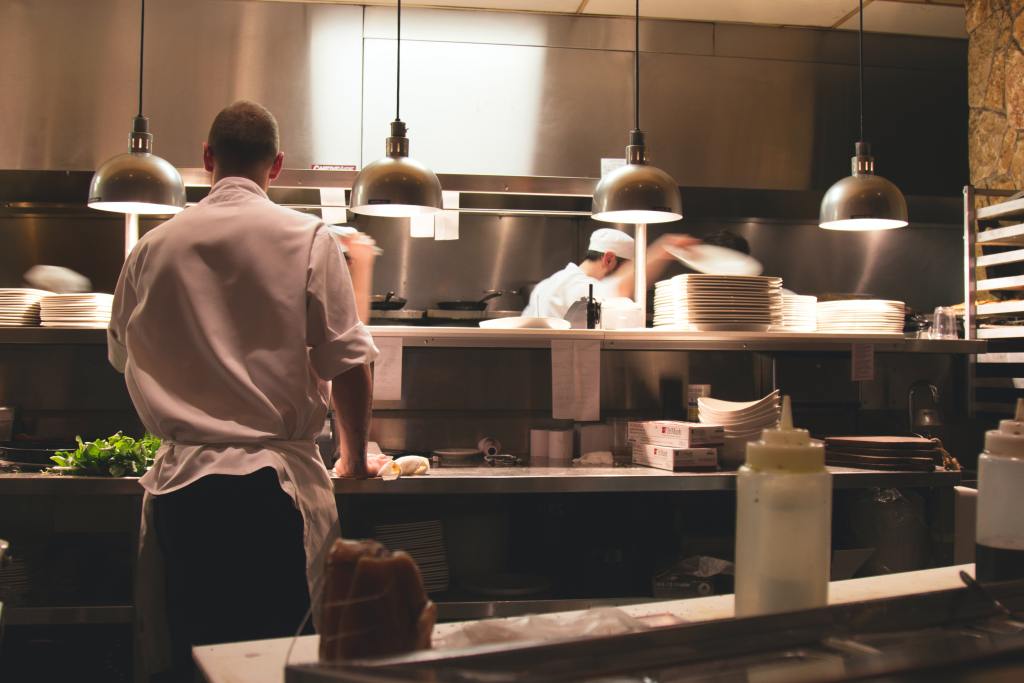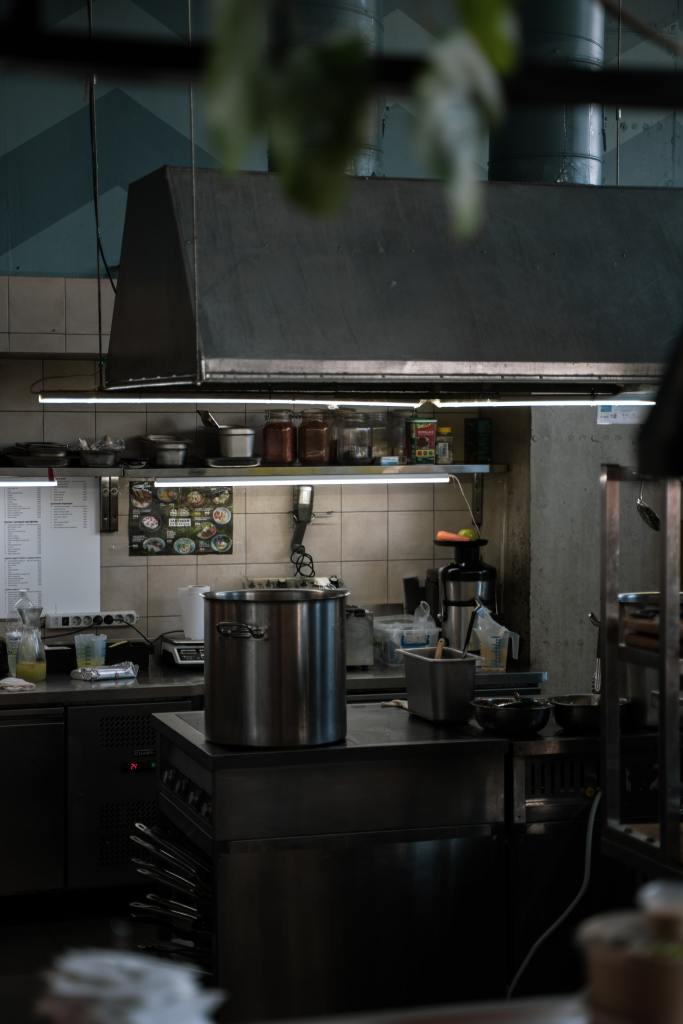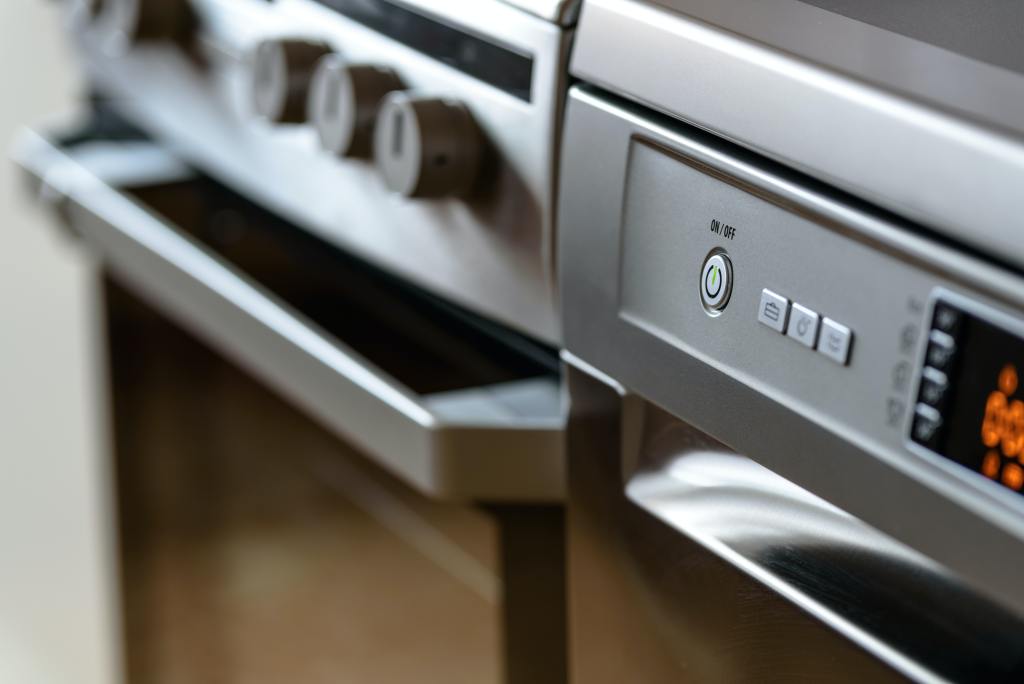What is a Central Kitchen and How to Start One

As the nature of the F&B industry is constantly evolving, many new trends have come up in recent years as businesses aim to meet the demands of the ever-growing customer base. One of the recent trends that are known to increase efficiency and save cost would be by owning a central kitchen.
Central kitchens are proven to be reliable in reducing operating costs, food cost and wastage. What's more, they provide restaurants with a better and consistent flow for their back-end processes as all the food preparation is centralised in one place.
What is a central kitchen?

Many restaurateurs are still unaware of the exact definition of centralised kitchens. In short, a central kitchen is an internal facility that allows several restaurant branches under the same name to store and prepare food in one place.
The central kitchen concept is not limited to only restaurant branches, as they can be rented by small F&B businesses such as mobile food carts, food trucks and pop-up restaurants. This is as these smaller restaurants may not have enough storage or cooking, which is easily solved once they turn to a centralised kitchen.
Similar to ghost kitchens and commissary kitchens, central kitchens are favoured as they provide a convenient place for restaurants to mass prepare ingredients, which then reduces staff costs too. Additionally, the model usually comes with massive storage capacity and high-tech kitchen equipment.
Why centralise?

At its core, a central kitchen strives to reduce operation costs and other expenditures. The entire concept serves to be a setup for staff to produce in-house components which then will be delivered to their respective end locations. A recent data from Hospitality Review indicates that up to 10% can be saved in purchasing a central kitchen, as to purchasing for each individual restaurant.
Apart from that, the model also helps with expanding your business, as it provides both the ingredients, storage space and equipment - allowing you to venture into food retail and even wholesale business. The central kitchen concept also ensures consistency within your food production as any preparation can be standardised and monitored easily.
How to start your own central kitchen?
Ultimately, there is no one fixed way to start owning a central kitchen. You can decide to create a centralised kitchen before launching your restaurant. However, the model can also be utilised after the growth of your restaurant business.
Either way, the process contains the same steps, which are below;
1. Planning and Budgeting

Analyse your current financial position to see if it is secured enough for you to own or rent a central kitchen. Consolidate with your management staff and ensure that the following steps will all be within your budget.
2. Strategise on the location and layout

How big should the central kitchen’s layout be? Calculate the storage capacity you aim for combined with the number of staff to ensure there will be ample space for them to work comfortably. How far should the central kitchen be from your restaurant branches? Be sure to select the most optimal location to save costs on transportation.
3. Equipment and maintenance

Plan ahead and think of which kitchen equipment best serves your needs. Not all kitchen tech will help you increase efficiency, as it largely depends on your processes and food products. This leads to another question on how the equipment can be maintained and how often it should be checked.
4. Ordering, Operating and Communication systems

How will you ensure that the central kitchen procedures will be in sync with your restaurant branches? There has to be utmost transparency so that all back-end processes can run smoothly and integrate seamlessly with each other.
How much order can the central kitchen withhold on a regular basis, and what’s the most optimal amount of fresh ingredients needed to complete these orders? Another must-have question in your planning is regarding delivery. After all, how can you properly ensure that the prepped food and stored ingredients are delivered safely and timely to their designated locations?
5. Renting out your central kitchen

Are you planning to make said central kitchen an additional source of income by renting it out? If so, you will need to plan out how much exactly will you charge, the period of which you are willing to rent it out to, and figure out who your potential tenants are.
Following the basic checklist above, you’ll be more than ready to kick-start your very own centralised kitchen.
It allows you to:
- Choose your suppliers based on price or other terms and order from them with a single click
- Manage stock and production for multiple outlets, including your Central Kitchen
- Get an accurate, real-time view of your inventory so you don't over-order or go out of stock.
- View your COGS & other monetary insights instantly.
Additionally, you can integrate our software with your POS and accounting system, enabling you to run all your backend operation and central kitchen smoothly.










